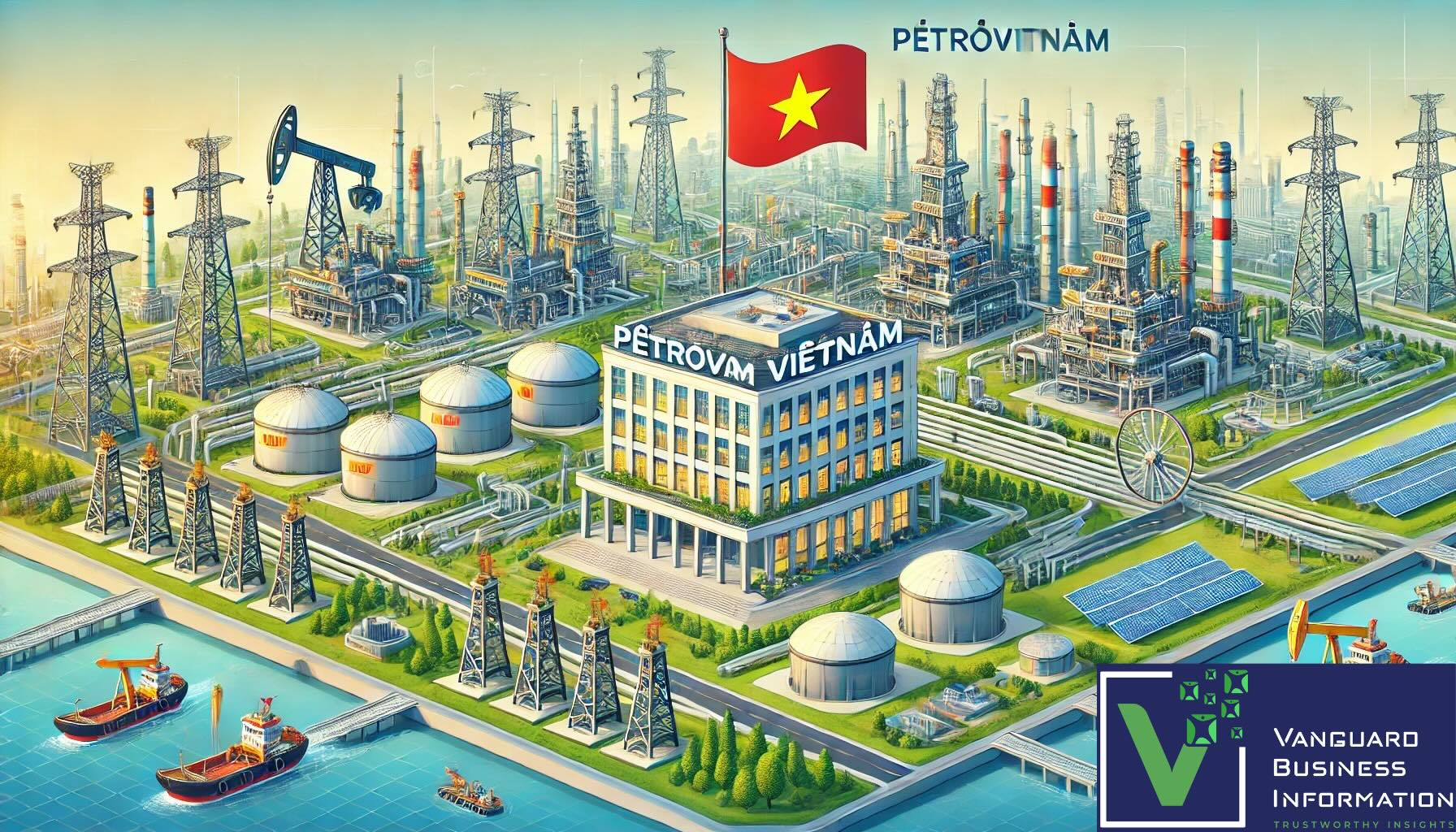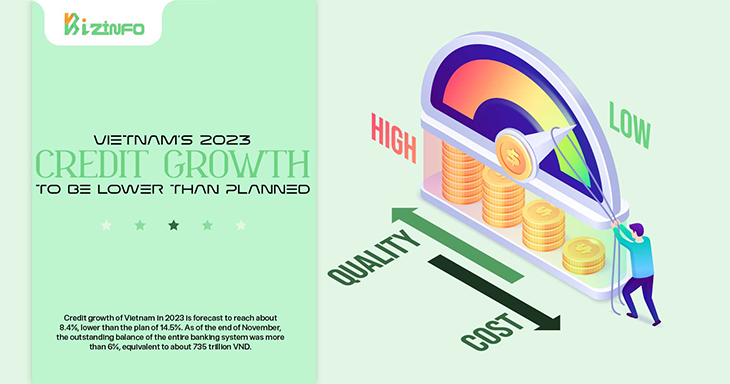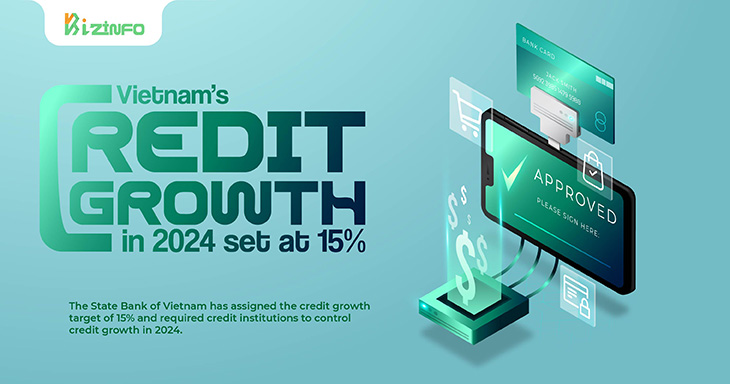Published Jan 2025
UNDERSTANDING THE 2ND LARGEST COMPANY IN VIETNAM: PETROVIETNAM
Founded in 1975, PETROVIETNAM was established to manage Vietnam’s oil and gas resources. The company represents a significant portion of the nation’s industrial capacity. Despite its large scale, PETROVIETNAM’s operations have often been criticized for inefficiencies typical of SOEs, including bureaucratic hurdles and resource mismanagement.

UNDERSTANDING THE 2ND LARGEST COMPANY IN VIETNAM: PETROVIETNAM
Vietnam Oil and Gas Group, commonly known as PETROVIETNAM, is the 2nd largest company in Vietnam as of 2024. With a legacy spanning nearly five decades, PETROVIETNAM is a state-owned enterprise (SOE) that has been integral to Vietnam’s economic development and energy security. However, like many SOEs, the company faces efficiency challenges and concerns over resource utilization. This article explores PETROVIETNAM’s history, operations, and impact, highlighting both its achievements and limitations.
Establishment and Ownership
Founded in 1975, PETROVIETNAM was established to manage Vietnam’s oil and gas resources. It operates as a state-owned enterprise under the governance of the Vietnamese government. With a charter capital of VND 281,500,000,000,000, the company represents a significant portion of the nation’s industrial capacity. Despite its large scale, PETROVIETNAM’s operations have often been criticized for inefficiencies typical of SOEs, including bureaucratic hurdles and resource mismanagement.
Headquarters and Workforce
Headquartered at No. 18, Lang Ha Street, Thanh Cong Ward, Ba Dinh District, Ha Noi City, Vietnam, PETROVIETNAM employs a vast workforce of 60,000 individuals. While this positions it as one of Vietnam’s largest employers, critics argue that its staffing levels may not always correlate with operational efficiency. The company’s workforce supports extensive activities across Vietnam and internationally, yet questions persist about productivity and resource allocation.
Business Operations
As the 2nd largest company in Vietnam, PETROVIETNAM oversees a broad range of operations in the energy sector. Its activities include:
- Oil and Gas Exploration and Production: PETROVIETNAM discovers and extracts oil and gas resources domestically and abroad.
- Processing and Distribution: The company operates refineries and distributes petroleum products to meet Vietnam’s energy needs.
- Energy Investments: It invests in renewable energy, biofuels, and electricity generation to diversify its energy portfolio.
- Petrochemical Services: The production of fertilizers and trading of petrochemical materials are key aspects of its operations.
- Consulting and Construction: It provides consulting, surveying, and construction services for oil and gas infrastructure.
While PETROVIETNAM’s scope is extensive, its role as a state-owned enterprise raises concerns about inefficiencies in resource utilization. Critics point to its substantial extraction of national natural resources, often without achieving proportional returns in profitability.
Leadership and Governance
PETROVIETNAM is led by a team of experienced executives tasked with navigating the complexities of the energy sector:
- Chairman: Mr. Le Manh Hung
- Known for his extensive expertise in energy management, Mr. Hung has been instrumental in driving strategic initiatives, though his leadership is often scrutinized for balancing political directives with business goals.
- General Director: Mr. Le Ngoc Son
- Serving as the legal representative, Mr. Son oversees day-to-day operations while managing the challenges of an evolving global energy market.
- Deputy General Directors: Key figures such as Mr. Le Xuan Huyen and Mr. Do Chi Thanh contribute to the company’s leadership team.
This leadership structure reflects the company’s dual role as a business entity and a government instrument, which can sometimes create conflicting priorities.
Financial Performance
PETROVIETNAM’s financial figures highlight its economic importance but also reveal underlying issues:
- Total Assets: VND 534,792,857,600,193
- Owner’s Equity: VND 372,936,288,093,406
- Total Sales (2023): VND 122,598,438,384,671
- Profit After Tax (2023): VND 4,717,424,970,647
While these numbers are substantial, they reflect a trend of lower-than-expected profitability given the company’s access to vast natural resources. Critics argue that inefficiencies, high operating costs, and bureaucratic delays often dilute the company’s potential earnings.
Strategic Importance and Challenges
As the 2nd largest company in Vietnam, PETROVIETNAM is critical to the nation’s energy security. Its operations ensure a steady supply of energy, supporting industrial growth and residential needs. Additionally, its investments in renewable energy demonstrate a commitment to sustainability.
However, the company faces significant challenges:
- Inefficiency: Like many SOEs, PETROVIETNAM struggles with bureaucratic inefficiencies that hinder agility and innovation.
- Resource Utilization: The extensive extraction of natural resources raises concerns about environmental impact and sustainability.
- Profitability: Despite its scale, the company’s profit margins are often considered inadequate, reflecting structural inefficiencies.
- Global Competition: As global energy markets evolve, PETROVIETNAM must compete with more agile private firms while meeting state-imposed mandates.
Future Outlook
To remain competitive, PETROVIETNAM must address these challenges through strategic reforms. Streamlining operations, adopting advanced technologies, and enhancing transparency could improve efficiency and profitability. Additionally, the company’s focus on renewable energy investments aligns with global trends, positioning it for long-term sustainability.
Conclusion
PETROVIETNAM’s position as the 2nd largest company in Vietnam underscores its significance in the national economy. However, its dual role as a state-owned enterprise presents unique challenges. While it contributes significantly to energy security and employment, inefficiencies and resource management issues limit its potential. By addressing these concerns, PETROVIETNAM can enhance its performance and continue to play a vital role in Vietnam’s energy and economic future.


